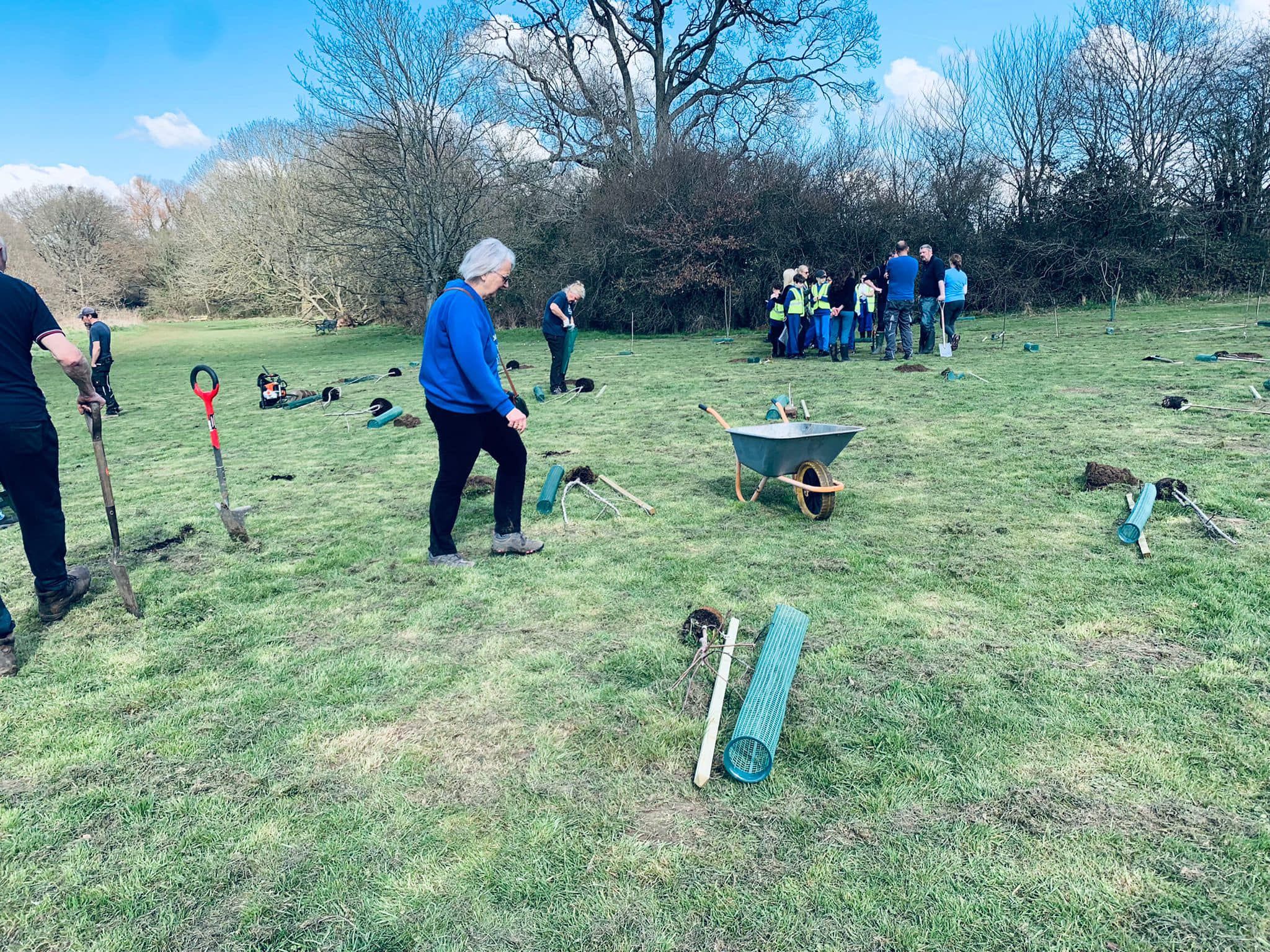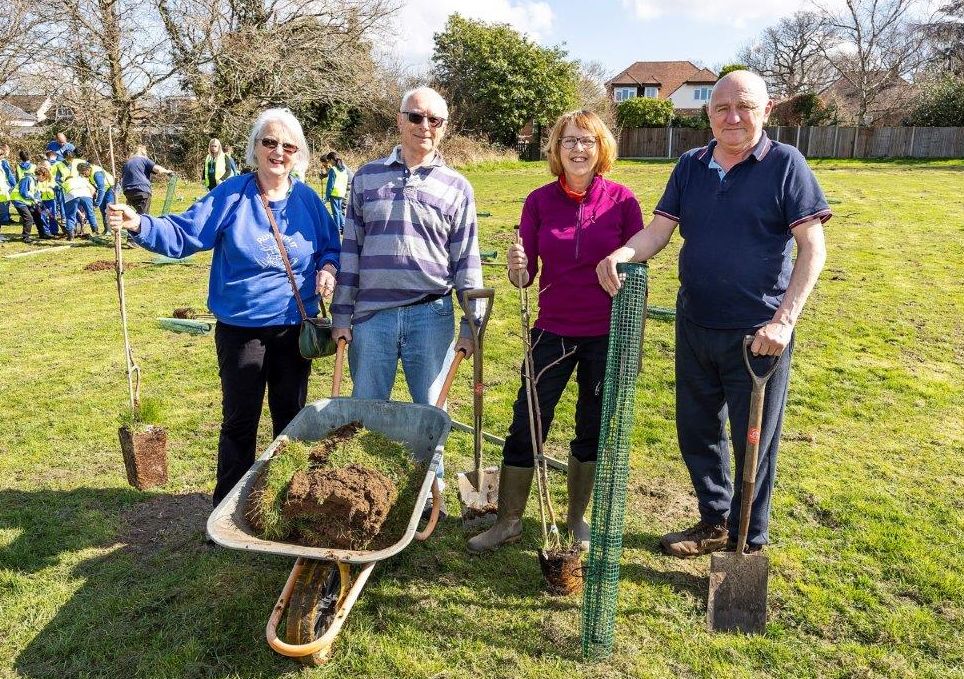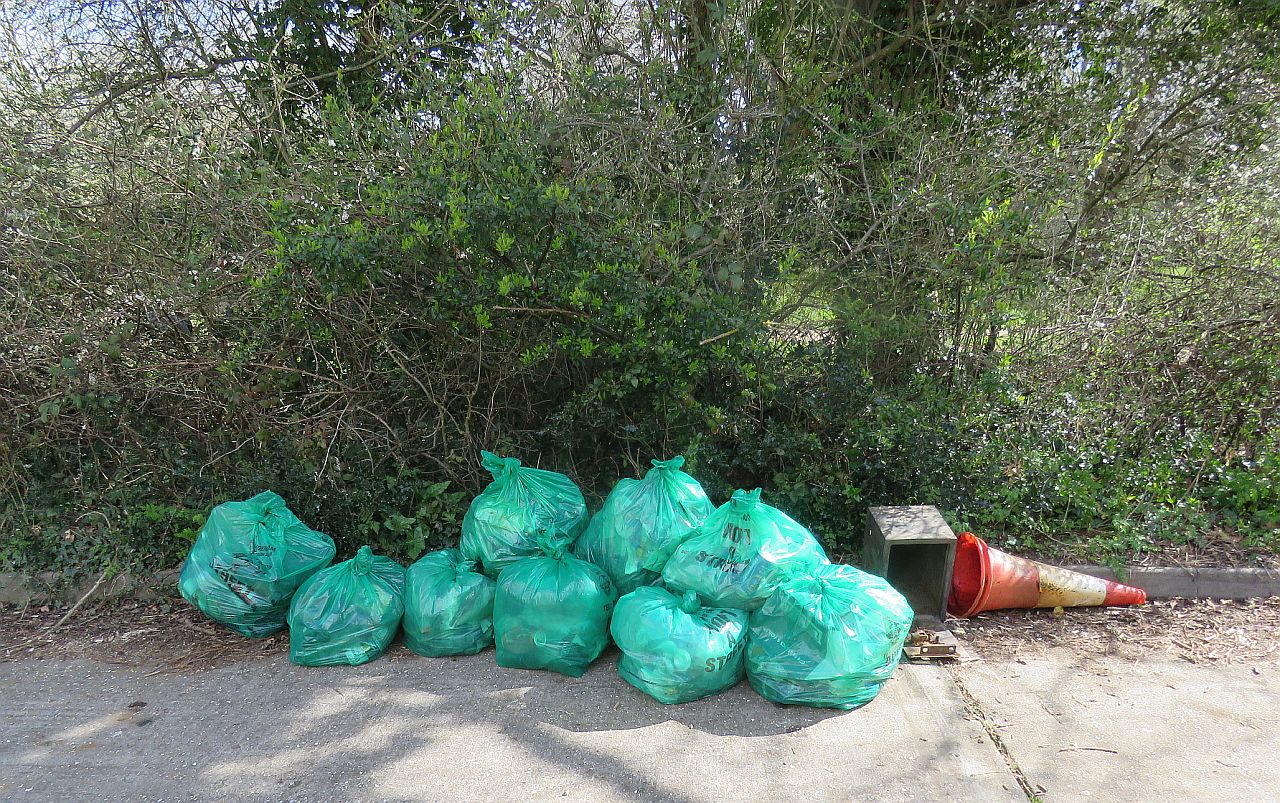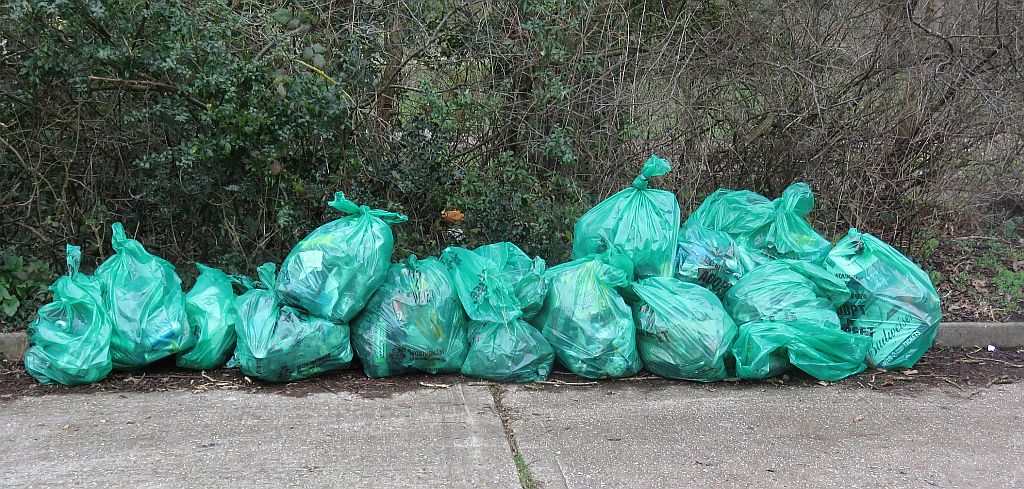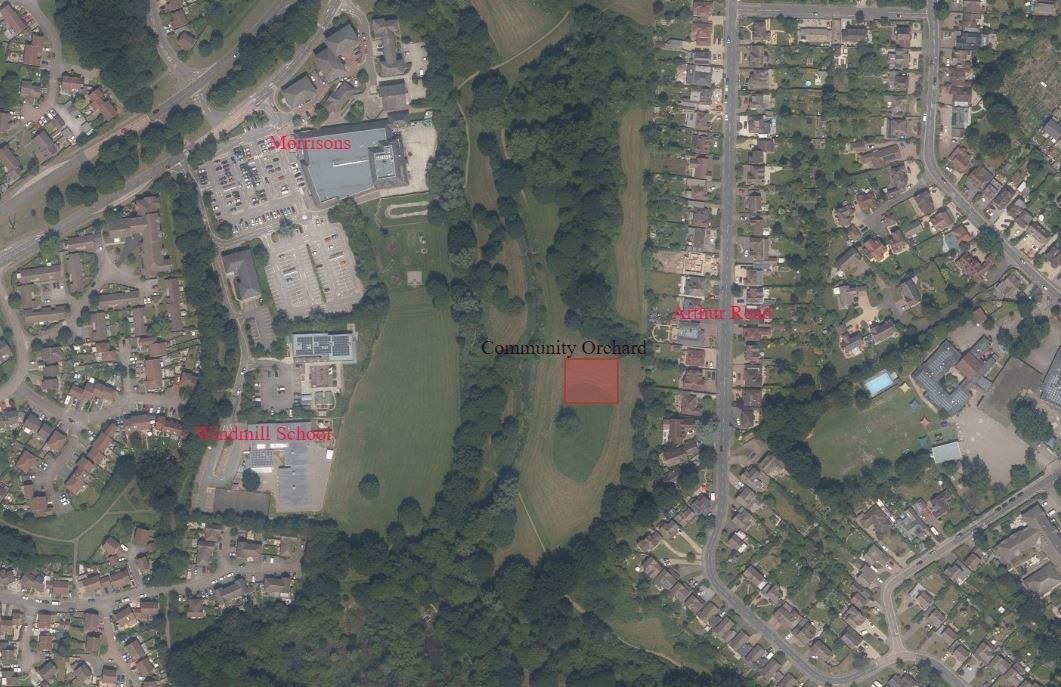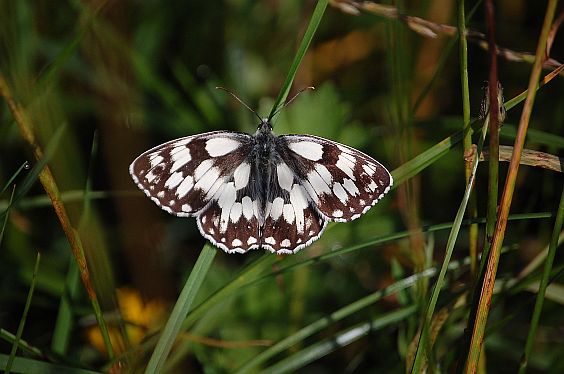
|
MONTHLY LITTER PICK A Litter pick along the Emm Brook is undertaken on the first Saturday of every month. The next litter pick will be on Saturday 3rd August at 10.00 . Meet at Dragonfly Bridge to the rear of Morrisons Supermarket, Woosehill RG41 3SN at 10:00. Please wear suitable clothing, footwear and gloves.Litter pickers and bags provided. Parking is available at Morrisons. AGM 2024
05/11/ 22
BARBARA STAGLES TREE PLANTING
WOKINGHAM DISTRICT VETERAN TREE ASSOCIATION (WDVTA) AGM Wokingham District Veteran Tree Association (WDVTA)will be holding their AGM on Monday 27th March at Wokingham Town Hall starting at 19.30. Click on the link for more details WDVTA AGM 21/10/ 22
AN UPDATE ON TW PLANS TO IMPROVE THE WATER QUALITY OF HEATH LAKE
The latest update from Thames Water can be found by clicking on the above link BALSAM BASHING
Balsam Bashing is being undertaken on the Emm Brook a little later this year. Due to some of the team being on holiday.
18/03/ 22 COMMUNITY ORCHARD PLANTING
AGM
02/04 /22
05/03/ 22
23/12 /23
BIG GARDEN BIRDWATCH 2024 Big Garden Birdwatch is fun, free and for everyone. And you donít need a garden to take part! Counting birds from your balcony, or your local park will play a vital role in helping us understand how UK birds are doing. Sign up for your free guide and letís look out for birds together on 26-28 January 2024. Click on the link for more details Big Garden Birdwatch 25/12 /21
WOOSEHILL COMMUNITY ORCHARD
FOTEB in conjunction with Wokingham Borough Council (WBC) , South East Rivers Trust (SERT) and Freely Fruity are constructing a Community Orchard in Area 5.
It would be located in the area behind Morrisonís supermarket, adjacent to where the original wildflower meadow was on the east side of the Brook
running parallel to Arthur Road.
Its location is shown here. To contact us with any comments please click on the link info@foteb.org.uk MONTHLY BIRD WALKS AROUND DINTON PASTURES 2024
RSPB A Date With Nature Monthly Saturday morning walk 1st Saturday of each month Location: Meet in the Dinton Pastures main car park in Wokingham RG10 0TH at 09:00. As the parking fee in the Dinton Pastures car park is £6 for 4 hours, the Local RSPB Group have arranged for participants to park for free in the car park of the Wheelwright Arms, which is close to the entrance to Dinton pastures but on the opposite side of the road. (Obviously, it would be appreciated if we give our custom to the pub RG10 0TR.) A three and a half hour walk around Dinton Pastures and Lavell's Lake (Area 10 of the Emm Brook) , suitable for everyone of all ages and we usually see/hear between 40 and 50 species of birds. Good cafe and toilets by the car park. Time: 9 am Price: £2 donation to the RSPB. LAVELL'S WETLAND TRUST On the second Sunday of every month Lavell's Wetland Trust formally Friends of Lavell Lake (FOLL) run a guided bird walk around the park covering Area 10 of the Emm Brook. Routes will vary depending on the time of year and last up to three hours. Wear suitable clothing as at times paths can be very muddy. We meet at 9am in the car park on Sandford Lane (opposite the Dinton Activity Centre entrance) and ask for a donation of £1 with no charge for children. For more information visit the FOLL website . Click here Car park charges apply. |
|

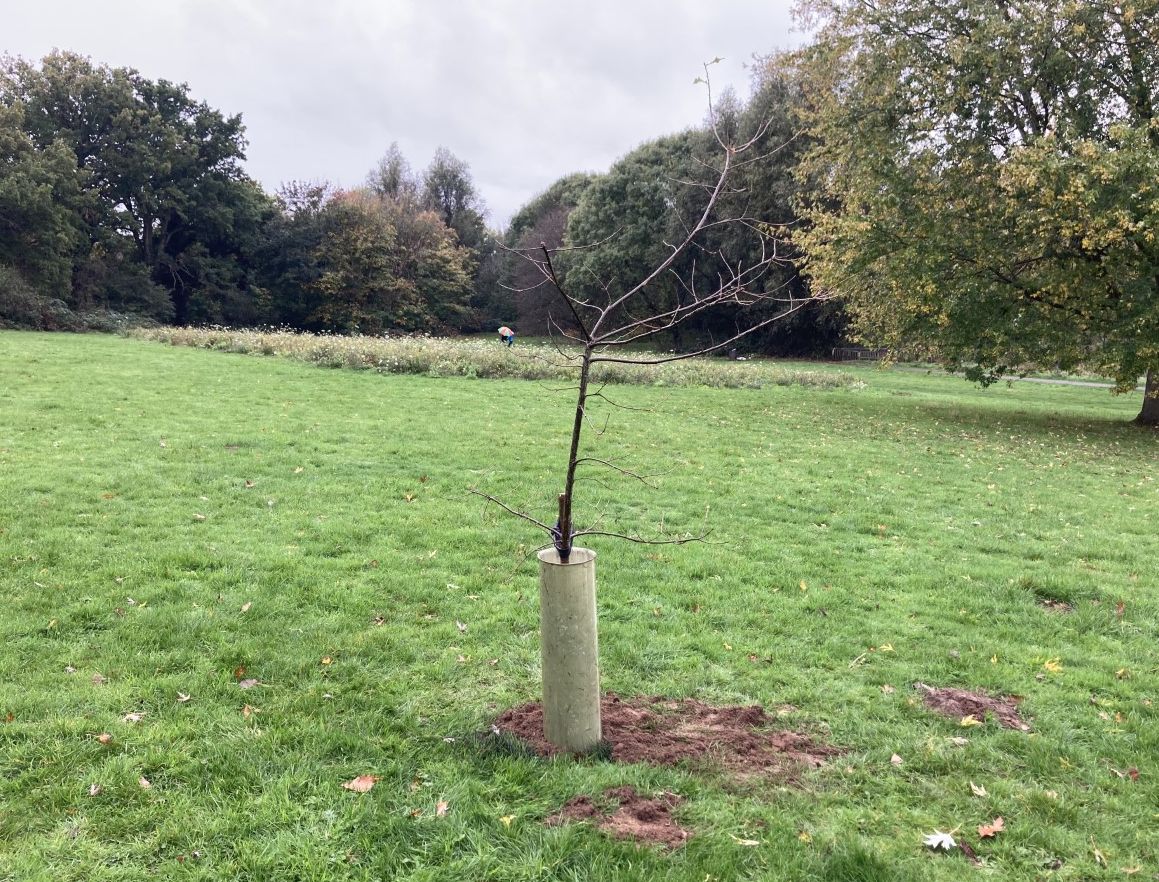
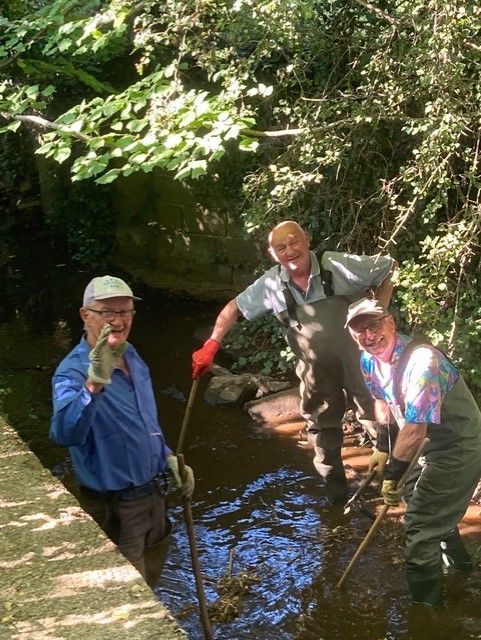
.jpg)
